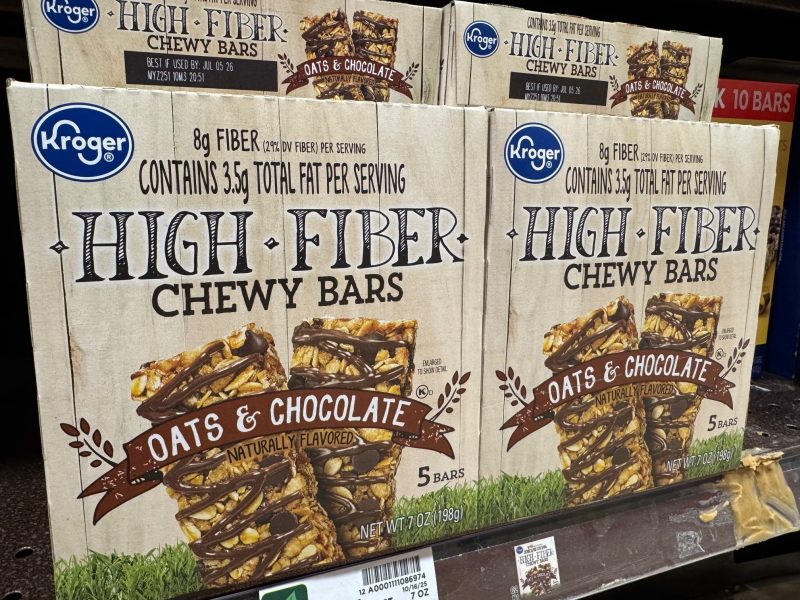The growing trend of increasing dietary fiber consumption, dubbed “fibermaxxing,” has caught the attention of health experts who urge consumers to approach it with caution. As U.S. consumers become accustomed to protein-enriched products across various food categories, the focus is shifting to fiber, which many believe can offer numerous health benefits.
While the potential advantages of dietary fiber are well-documented, experts warn that excessive consumption may lead to digestive issues. According to the American Gastroenterological Association, high fiber intake can result in bloating, gas, and abdominal discomfort, particularly when introduced too rapidly into one’s diet. They advise a gradual increase in fiber intake to allow the digestive system to adjust.
The Centers for Disease Control and Prevention (CDC) recommends a daily fiber intake of around 25 grams for women and 38 grams for men. However, many consumers are now seeking to exceed these guidelines significantly, driven by the belief that higher fiber means better health. This trend has been fueled by an array of products marketed as high in fiber, from breakfast cereals to snacks and desserts.
Healthline reported that the fibermaxxing phenomenon is characterized by consumers adding fiber supplements to their diets, often without sufficient knowledge of their own nutritional needs. Nutritionists emphasize that it is essential to focus on a balanced diet rather than merely increasing fiber intake. In their view, incorporating a variety of fruits, vegetables, whole grains, and legumes is a more effective way to achieve optimal health benefits.
A recent study published in the International Journal of Obesity found that while fiber can assist in weight management and improve digestive health, overconsumption can negate these benefits. Researchers noted that individuals who rapidly increase their fiber intake often do not experience the anticipated positive outcomes and may instead face gastrointestinal distress.
Experts also caution against the misconception that all fiber sources are equal. Soluble fiber, found in foods like oats and beans, can aid in lowering cholesterol levels, while insoluble fiber, present in whole grains and vegetables, primarily helps with digestive health. Understanding the different types of fiber, along with their specific benefits, is crucial for consumers looking to improve their diets.
The Food and Drug Administration (FDA) has been monitoring the fiber content claims made by food manufacturers to ensure they are not misleading consumers. As the fibermaxxing trend continues to grow, regulatory bodies are expected to step up their scrutiny of products that make exaggerated claims about their fiber content.
In conclusion, while the push towards higher fiber consumption may seem beneficial, health experts recommend a more measured approach. Individuals are encouraged to consult with healthcare professionals before making significant dietary changes. As the popularity of fibermaxxing escalates, balancing fiber intake with overall nutritional needs remains essential for maintaining good health.
